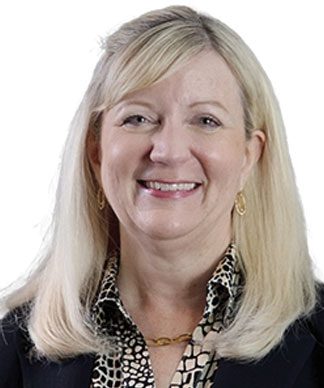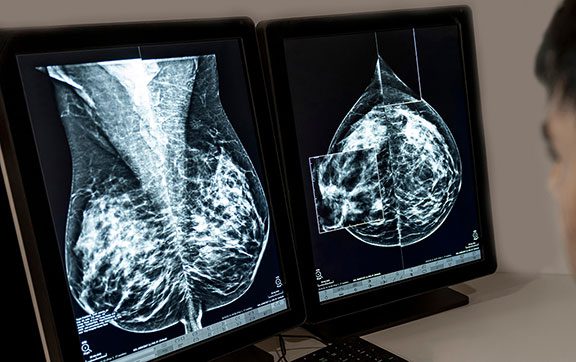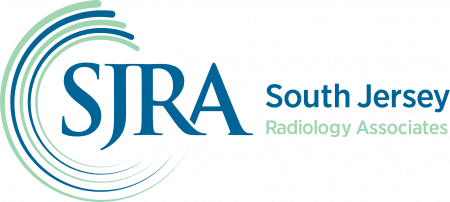SJRA: New Screening Mammogram Guidelines


New guidelines recommend women start mammography screening at age 40
In May, the U.S. Preventative Services Task Force (USPSTF) announced new changes to their breast cancer screening guidelines. Since 2016, the USPSTF has recommended women ages 50 – 74 have screening mammograms every other year. Now, the organization recommends women should have their first mammogram at age 40, not 50. The breast imaging specialists at South Jersey Radiology want to fill you in on what these new recommendations mean for women and how it affects prioritizing your breast health.


Sherrill Little, MD
“The recommendation to lower the age to 40 is a great step in the right direction. However, there is strong clinical research that suggests an annual screening can make a huge difference,” says Sherrill Little, MD, a specialist in diagnostic radiology with a sub-specialization in breast imaging who practices at SJRA.
She adds that she follows the guidelines set by the American College of Radiology (ACR) and the Society of Breast Imaging (SBI), which recommend that women get annual screening mammograms beginning at age 40. These recommendations are supported by numerous studies that have been done and endorsed by the National Comprehensive Cancer Network (NCCN) and the American Medical Association (AMA).
“I have seen devastating breast cancers in women under 50 that are often aggressive and fast-growing, meaning a wider interval of every two years results in more advanced cancers being found, making treatment more difficult and carrying a higher mortality rate,” says Dr. Little, who has been practicing for 30 years. Various clinical research studies have been published that support the difference annual screening makes to go alongside these organizations recommendations.
“Annual screenings set a baseline for your health and help detect subtle changes early,” she adds. The survival rate when diagnosed in Stage 0-1 is 100%; Stage 2 is 93%; Stage 3 is 72%; and Stage 4 is 22%.
“Our advanced screening technology makes a patient’s visit faster and more comfortable.”
A trusted member of the community
South Jersey Radiology Associates has been in practice for over 80 years, and is a well-known, well-respected and trusted member of the South Jersey community. Its 11 locations around the region and within minutes of Philadelphia include 8 imaging centers offering women’s imaging studies. With 35 local, subspecialized radiologists and a highly trained staff of nearly 300, SJRA is one of the largest outpatient imaging centers in the region. Their expertise and advanced screening imaging techniques results in fewer false positives, offering patients peace of mind.
In addition, annual screening mammograms are covered in full by insurance providers.
Risks and rewards
According to Dr. Little, screening guidelines are based on a woman of average risk. The majority of breast cancers – up to 90% – occur in women with no family history of breast cancer. Aside from genetic
mutations, risk factors include: age, early start of a woman’s period (before age 12), late menopause (after 55), dense breast tissue, high alcohol intake, inactivity, obesity, first pregnancy after 30, hormone replacement therapy and chest radiation prior to age 30. The last factor automatically puts a woman into the high-risk category, requiring additional testing beyond the guidelines.
“The growing body of evidence supports the benefits of annual screening mammography in saving more lives,” Dr. Little says. According to The American Cancer Society (ACS), the following statistics support the use of annual screening recommended by the breast imaging specialists at SJRA:
- 1 in 6 breast cancers occurs in women ages 40-49 and the incidence is growing.
- Breast cancer deaths have been reduced by 40% in women who start annual screening mammograms at age 40, compared with screening less frequently.
- Early detection of breast cancer offers an almost 100%, 5-year survival rate.
- Additionally, annual screening mammography is covered fully by the Patient Protection and Affordable Care Act (ACA) and requires most health insurers to pay for annual screening mammograms for women ages 40 and older.
“In addition, the American College of Radiology and Society of Breast Imaging both recommend that all women have a risk assessment by age 25 and discuss with their doctor whether earlier screening with mammography and/or MRI is needed,” adds Dr. Little. These assessments evaluate a woman’s family and hormonal history. If it is determined that they are in a high-risk category, they may be referred for an annual mammogram and an annual MRI, staggered every 6 months.

It matters where you go
It makes a big difference where you go to get a screening mammogram. Many women’s imaging centers do not offer a comprehensive approach towards breast health. It is important to go to a women’s imaging provider that not only does screenings, but advanced studies as well. The right center for you should offer care beyond screening and diagnostic mammograms to achieve the best insight, offering a complete picture of your breast health. A lot can be lost in translation when you must be referred elsewhere for a more advanced study. “South Jersey Radiology is recognized as one of the region’s only Breast Imaging Centers of Excellence by the American College of Radiology. This distinction really speaks to our comprehensive approach towards breast health that goes beyond screening mammograms.” She explains that a breast imaging specialist is a radiologist who has undergone additional training in the field of breast imaging, including performing procedures and reading all breast imaging studies throughout all parts of a patient’s journey. These radiologists spend most of their clinical time engaged in the area of breast imaging. Studies have shown that a board-certified, subspecialized radiologist can detect subtle changes in breast tissue, often times up to three years before a lump can be felt. “What it comes down to is, where you get your mammogram, how often you get mammogram, and the radiologist reading your results. All these factors should be weighted when choosing your imaging provider,” says Dr. Little. “At SJRA, we have made sure we are the leading breast imaging expert in the region by offering compassionate and convenient care for all women.”


888-909-7572 | sjra.com

